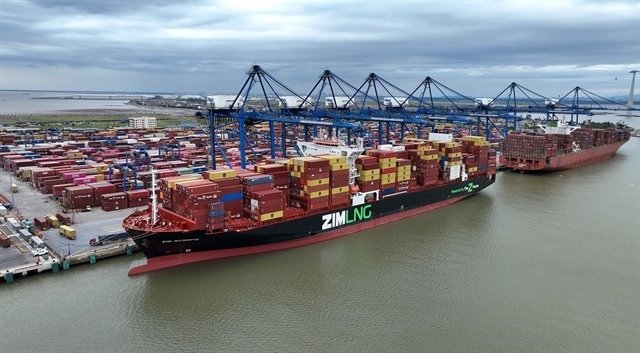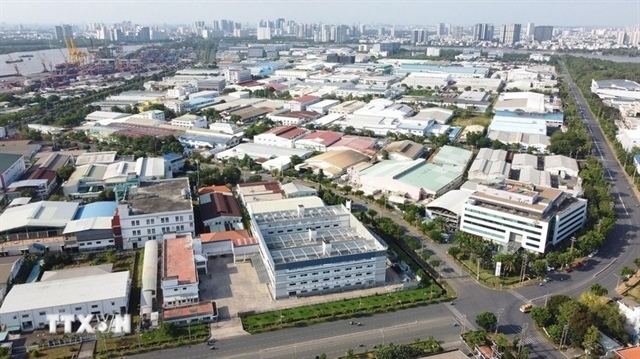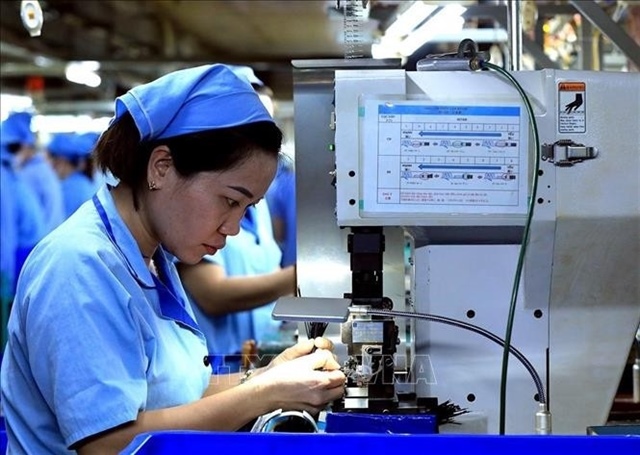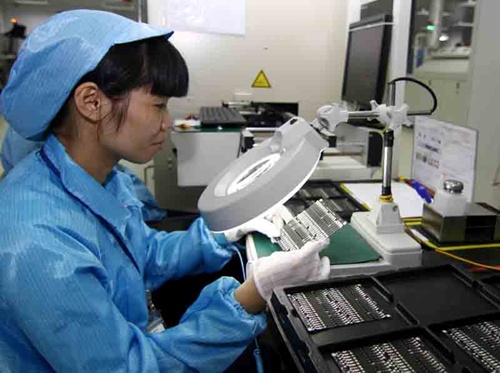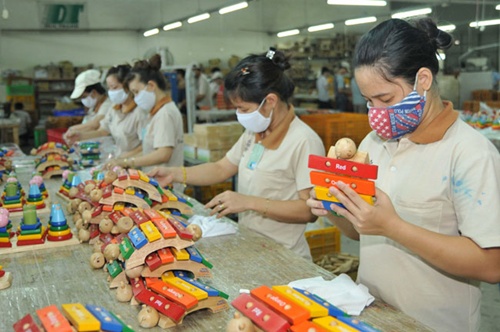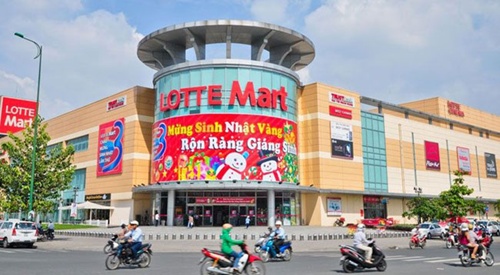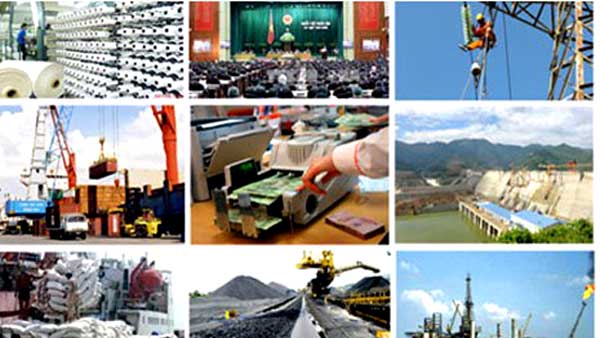Meeting international standards essential for global economic integration
Meeting international standards essential for global economic integration
Viet Nam's entering multiple trade agreements with other countries has created good opportunities for local businesses to boost their exports globally, but has also challenged them to meet international standards.
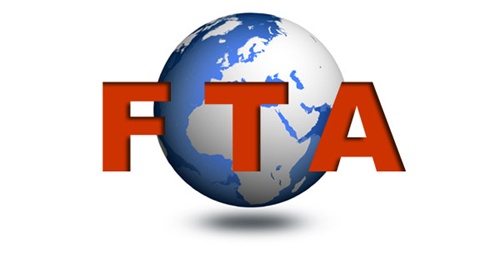
For example, Viet Nam has inked Free Trade Agreements (FTAs), both bilaterally and multilaterally, with many countries and territories, such as the European Union, the Customs Union of Russia, Belarus and Kazakhstan and has participated in signing the Trans Pacific Partnership (TPP).
The Chairman of the Ton Hoa Sen Group Le Phuoc Vu said the participation in a series of FTAs will reap able benefits for Viet Nam.
"We are clearly seeing that the global integration trend has developed widely and global investment capital is heading towards the Southeast Asia region, including Viet Nam. This is good for Viet Nam as the country is currently in the "golden population" phase, offering a low-cost labour force and many investment opportunities."
"Therefore, the country can boast of having considerable opportunity for boosting economic growth, promoting exports of Vietnamese businesses and drawing investment capital," Vu said.
Representing the local business community, the Chairman of the Viet Nam Chamber of Commerce and Industry (VCCI) Vu Tien Loc said FTAs will motivate Vietnamese companies to speed up the renewal process of their economic structure in Viet Nam and create opportunities for local businesses to penetrate the world's leading markets with a 0 per cent tariff, as well as through a reduction in many other trade barriers.
Particularly, Viet Nam will get an opportunity to boost exports to the United States, Europe, Japan, Korea, ASEAN, Russia, Belarus and Kazakhstan. The country's key exported products include garments and textiles, footwear and farm produce.
However, Loc said, technical standards have risen so local businesses must meet international thresholds related to standards, product quality, food safety and hygiene and origin standards.
"All trade and production activities in Viet Nam must meet international standards if we want to penetrate the markets of other countries. This is a key challenge that local businesses must overcome," he pointed out.
A report from VCCI shows that up to 96 per cent of Vietnamese businesses operate on a small and super-small scale, with weakness experienced in terms of capital, technology and labour force quality. This hinders local businesses' competitiveness to export to foreign markets and participate in the global production network.
Echoing this view, the Chairman of the Ton Hoa Sen Group Vu, said that if businesses fail to receive capital investments or cannot tap opportunities leading to a failure to create products with high competitiveness, they will lag behind other countries in the region.
Foreign corporations investing in Viet Nam often bring with them, satellite enterprises, making it hard for Vietnamese businesses to enter the supply chain, he said. Meanwhile, Viet Nam also lacks businesses that can assume a leadership position and lead and guide smaller businesses towards greater development.
Experts also pointed out another shortcoming in private businesses: poor competitiveness and limited capital, technology and management. Many sectors, such as steel production and fisheries, often encounter difficulties while penetrating other markets because of technical barriers and trade protection tools.
Apart from exports, Vietnamese businesses also face fierce competition in the domestic market.
A representative from the Truong Hai Auto Joint Stock Corporation said that given a roadmap for reducing tariffs gradually to 0 per cent, there is a great possibility of cheap automobile products from other countries in the region, such as Indonesia and Thailand, entering Viet Nam, and posing considerable challenges for domestic car manufacturers.
Also, car consumption in Viet Nam is still lower than other countries, with the average number of cars sold per year being only 150,000.
Limited consumption in the domestic market is also coupled with difficulties related to attending to the global supply chain and competition during the integration process, which has made small and medium-d businesses weaker.
The Chairman of the Viet Nam Association of Mechanics Do Huu Hao, who is also the former Deputy Minister of Industry and Trade, pointed out that auxiliary industry businesses in other sectors still lag those in other developed countries.
These businesses are weak in technology, capital and human resources, so they still cannot produce hi-end products to bring in huge profits and to join the global value chain. Therefore, these shortcomings will be clearly revealed during the integration process and through the appearance of competitors from other countries in the region and the world. This is a challenge that local businesses are still unable to overcome, he pointed out.
While their competitiveness remaining limited, local businesses are expecting more support measures from the Government for building an equal and favourable business environment and for raising national competitiveness.
Ton Hoa Sen Group Chairman Vu noted that support from the Government, State management agencies, and trade promotion agencies is very important.
It is essential to adopt measures that resolutely tackle trade fraud and counterfeit products, which don't hurt the prestige of businesses or beef up financial support by creating long-term capital resources with more reasonable interest rates, he said.
The Vice Chairman of the Viet Nam Mechanical Engineering Association Dao Phan Long said the association has requested that the Government formulate more preferential policies to create conditions for the automobile sector to better integrate and join the global value chain.
For example, the association has proposed an interest rate of between 0 and 3 per cent for long-term loans (15 to 20 years) for investing in producing auxiliary products.
The Ministry of Industry and Trade and relevant ministries and agencies should also complete policies for the automobile sector to help businesses actively map out production and trade plans, he added.


